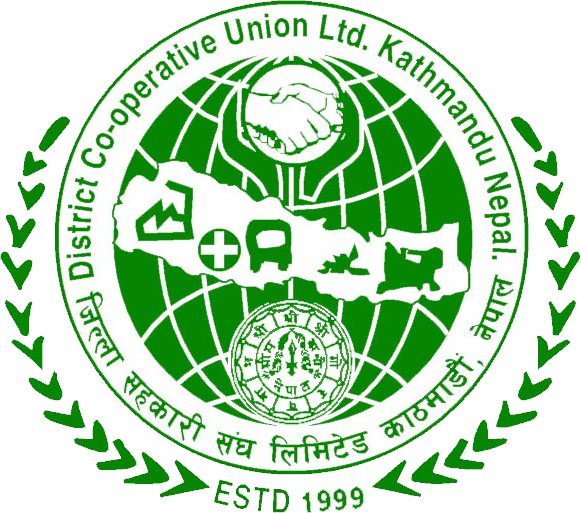A cooperative is an autonomous association of persons united voluntarily to meet their common economic, social and cultural needs and aspirations through a jointly owned and democratically controlled enterprise.
A co-operative federation is an apex body which all members are, in turn, co-operatives and their unions. Historically, co-operative federations have predominantly come in the form of cooperative wholesale societies and unions. Co-operative federations are a means through which co-operatives can fulfill the seven sixth cooperative principles, co-operation among co-operatives. The International Co-operative Alliance notes that “Co-operatives serve their members most effectively and strengthen the co-operative movement by working together through local, national, regional and international structure.
A General Assembly is the highest policy-making body of the co-operatives, unions and federation, and is the final authority in the management and administration of the affairs. It is composed of members who are entitled to vote, duly assembled and constituting quorum. The general assembly holds at least one meeting a year; the date of the meeting is fixed in the bylaws.
The General Assembly has the following exclusive powers, which cannot be delegated:
- To determine and approve amendments to the articles of organization and bylaws;
- To elect or appoint the members of the board of directors, and to remove them for cause;
- To approve developmental plans of the organization; and
Other matters requiring a 2/3 vote of all the members of the general assembly.
The principal deliberative body of the federation, in which each member union is represented and has one vote for the selection of leadership.
A board of directors is a body of elected or appointed members who jointly oversee the activities of an organization. Other names include. It is often simply referred to as “the board”.A board’s activities are determined by the powers, duties, and responsibilities delegated to it or conferred on it by an authority outside itself. These matters are typically detailed in the organization’s bylaws. The bylaws commonly also specify the number of members of the board, how they are to be chosen, and when they are to meet. However, these bylaws rarely address a board’s powers when faced with a corporate turnaround or restructuring, where board members need to act as agents of change in addition to their traditional fiduciary responsibilities. In an organization with voting members, the board acts on behalf of, and is subordinate to, the organization’s full group, which usually chooses the members of the board.Typical duties of boards of directors include:
- Governing the organization by establishing broad policies and objectives;
- Selecting, appointing, supporting and reviewing the performance of the general manager or chief executive;
- Ensuring the availability of adequate financial resources;
- Approving annual budgets;
- Accounting to the stakeholders for the organization’s performance;
- Setting the salaries and compensation of organization management.
All regular members who meet the qualification and none of the disqualification set by the laws of the organizations can be elected to the board of directors.
A meeting is a gathering of two or more people that has been convened for the purpose of achieving a common goal through verbal interaction, such as sharing information or reaching agreement. Meetings may occur face to face or virtually, as mediated by communications technology, such as a telephone conference call, a skyped conference call or a videoconference.
A quorum is the minimum number of members of a deliberative assembly or BODs necessary to conduct the business of that group. It also is defined by law as a simple majority of BODs and committees unless otherwise defined by applicable constitution, charter, rule or law. Subcommittees are subject to the same standard, even if the quorum for the subcommittee would not constitute a quorum for the parent body.
Role of NCF/N in cooperative movement

